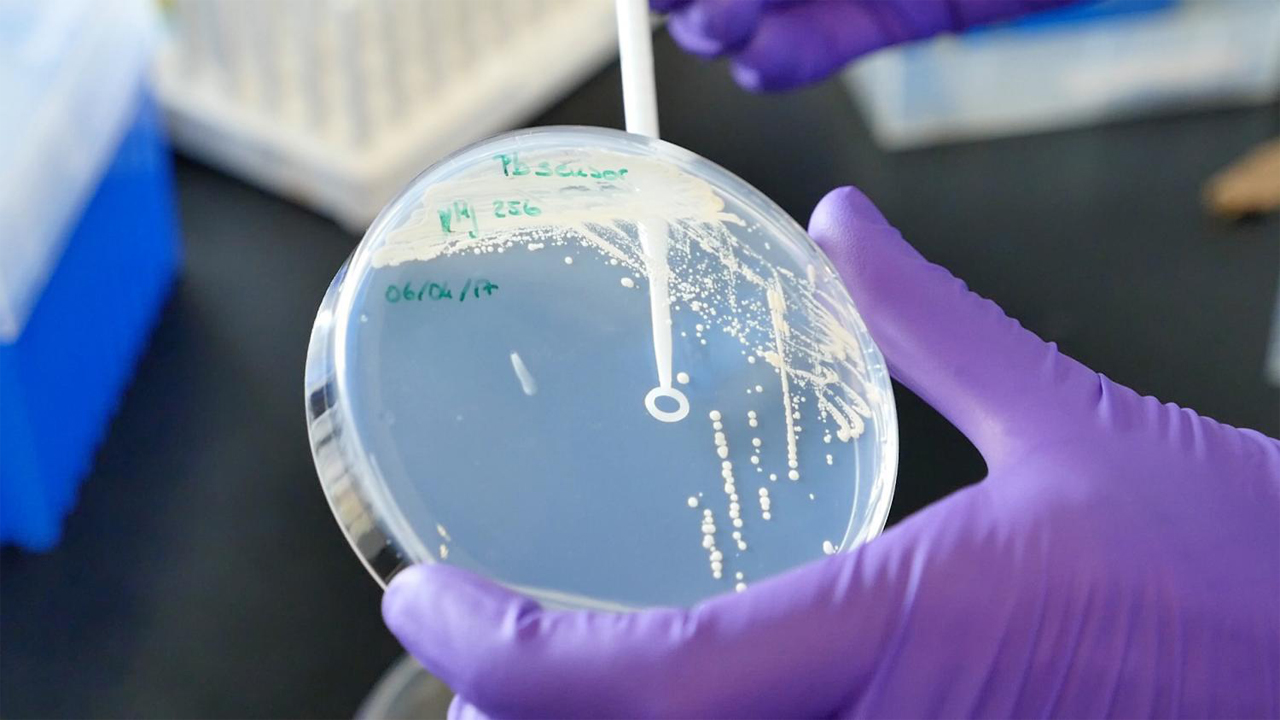
Recent advancements in the use of sulfated yeast for adsorbing heavy metal ions have demonstrated remarkable capacity and selectivity, particularly for rare earth elements. A study published on September 1, 2025, highlights how baker’s yeast, modified through sulfation, offers a greener alternative for recovering these critical materials from sources like electronic waste. This bio-based approach addresses global supply chain vulnerabilities, challenging traditional mining and extraction methods that rely heavily on rare earth metals.
The Shortage and Importance of Rare Earth Elements
The global demand for rare earth elements is driven by their essential role in technologies such as electronics and renewable energy. These elements are crucial for manufacturing components like magnets, batteries, and catalysts. However, the supply chain for rare earth elements is fraught with disruptions, which sulfated yeast aims to mitigate. According to Phys.org, the innovative use of sulfated yeast could provide a more stable and sustainable source of these materials, reducing reliance on traditional mining practices.
Traditional rare earth mining poses significant environmental and geopolitical challenges. The extraction processes are often energy-intensive and environmentally damaging, leading to habitat destruction and pollution. Moreover, geopolitical tensions can further complicate access to these resources. As Interesting Engineering reports, bio-adsorption using sulfated yeast presents a responsive innovation that could alleviate some of these issues by offering a cleaner and more sustainable recovery method.
Recovering rare earth elements from waste streams, such as electronic waste, could significantly reduce dependency on foreign sources. The targeted selectivity of sulfated yeast allows for efficient recovery of these elements, potentially transforming waste into a valuable resource. This approach not only supports environmental sustainability but also strengthens economic resilience by diversifying the sources of rare earth elements, as detailed in the study published on September 1, 2025.
Understanding Sulfated Yeast as a Biosorbent
The transformation of baker’s yeast into a sulfated form enhances its ability to bind with metal ions, a process thoroughly explored in the September 1, 2025, research findings. This modification involves introducing sulfate groups to the yeast, which increases its affinity for heavy metals, including rare earth elements. The study from ScienceDirect explains that this process leverages the natural properties of yeast, making it an effective and eco-friendly adsorbent.
Sulfated yeast acts as an adsorbent for heavy metals through a biological mechanism rooted in its origins as a common kitchen ingredient. The yeast’s cell walls, once modified, become capable of capturing and holding metal ions, a feature that makes it particularly useful for environmental applications. As noted by Interesting Engineering, this approach not only utilizes a readily available resource but also aligns with sustainable practices by minimizing chemical waste.
Compared to chemical sorbents, the preparation of sulfated yeast is both low-cost and sustainable. This makes it an attractive option for industries looking to reduce their environmental impact while maintaining efficient extraction processes. The Phys.org article highlights how sulfated yeast rises to the challenge of extraction, offering a scalable solution that could revolutionize the way rare earth elements are recovered.
Performance Metrics in Heavy Metal Adsorption
The high adsorption capacity of sulfated yeast for rare earth elements is a key finding of the study published on September 1, 2025. The research quantifies this capacity, demonstrating that sulfated yeast can effectively isolate rare earth elements from mixed solutions. This capability is crucial for industries that require precise separation of these materials, as detailed in the study.
Sulfated yeast exhibits remarkable selectivity over other heavy metals, enabling efficient isolation of rare earth elements. This selectivity is a significant advantage, as it allows for the targeted recovery of valuable materials from complex waste streams. The ability to focus on specific elements reduces processing costs and enhances the overall efficiency of the recovery process, as reported by ScienceDirect.
When compared to conventional methods, the efficiency of sulfated yeast in recovering rare earth elements is notable. This bio-based approach not only matches but potentially exceeds the performance of traditional extraction techniques. The potential for scalable recovery using sulfated yeast is highlighted by Interesting Engineering, which underscores its promise as a viable alternative in the industry.
Environmental Benefits and Greener Recovery Pathways
Utilizing baker’s yeast for rare earth recovery significantly reduces the ecological footprint compared to energy-intensive mining operations. The process of using sulfated yeast is less disruptive to the environment, as it avoids the extensive land degradation and pollution associated with traditional mining. According to Interesting Engineering, this method aligns with global efforts to promote sustainable practices in resource extraction.
The reusability and biocompatibility of sulfated yeast in waste treatment further enhance its sustainability credentials. Once used, the yeast can be regenerated and reused, minimizing waste and reducing the need for continuous raw material input. This aspect of sulfated yeast makes it an attractive option for industries seeking to implement greener technologies, as discussed in the study.
Broader implications for circular economy practices are evident as sulfated yeast tackles rare earth supply issues innovatively. By transforming waste into a resource, this approach supports the principles of a circular economy, where materials are reused and recycled to extend their lifecycle. The potential for sulfated yeast to contribute to a more sustainable and resilient supply chain is emphasized by Phys.org, highlighting its role in shaping the future of resource recovery.